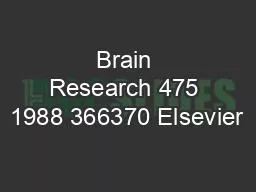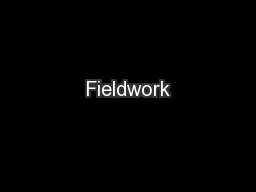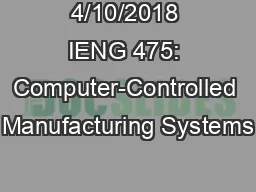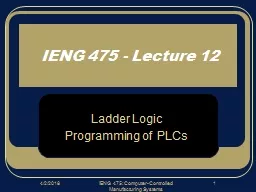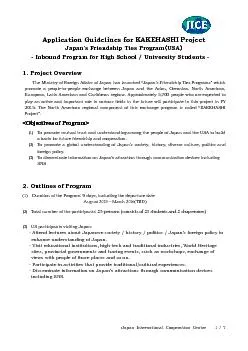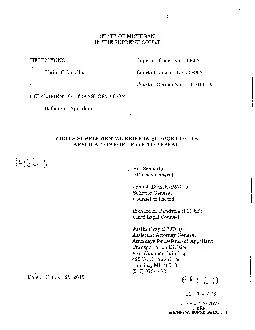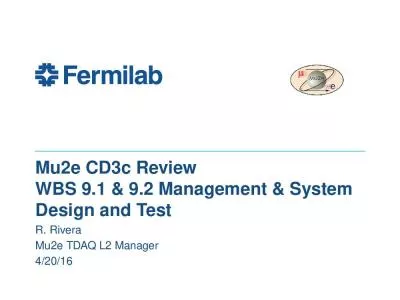PDF-Brain Research 475 1988 366370 Elsevier
Author : cecilia | Published Date : 2021-10-01
BRE 23231 abnormalities in Borna disease Ian Lipkin 1 Kathryn M Carbone 2 Michael C Wilson 1 Cynthia S Duchala 2 Opendra Narayan 2 and Michael BA Oldstone 1 Institute
Presentation Embed Code
Download Presentation
Download Presentation The PPT/PDF document "Brain Research 475 1988 366370 Elsevier" is the property of its rightful owner. Permission is granted to download and print the materials on this website for personal, non-commercial use only, and to display it on your personal computer provided you do not modify the materials and that you retain all copyright notices contained in the materials. By downloading content from our website, you accept the terms of this agreement.
Brain Research 475 1988 366370 Elsevier: Transcript
Download Rules Of Document
"Brain Research 475 1988 366370 Elsevier"The content belongs to its owner. You may download and print it for personal use, without modification, and keep all copyright notices. By downloading, you agree to these terms.
Related Documents

